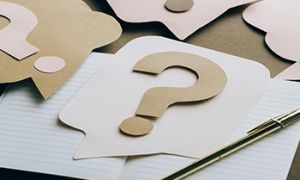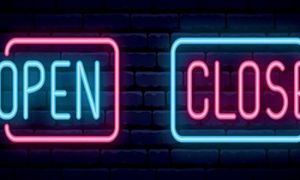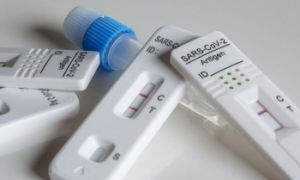Here’s a thoughtful set of critical reflection questions you can use to evaluate and enrich cultural displays in your service.
Self-Awareness & Bias
- What cultural assumptions or biases might I bring into the way I select or present displays?
- Do I unintentionally prioritize certain cultures over others? Why might that be?
Representation & Inclusion
- Whose cultures are represented in our displays—and whose are missing?
- Are the displays tokenistic, or do they reflect meaningful engagement with the culture?
- How do we ensure Indigenous perspectives are respectfully and authentically included?
Family & Community Engagement
- Have we invited families to contribute to or co-create cultural displays?
- How do we ensure families feel their cultural identities are valued and visible?
- What strategies do we use to learn about and reflect the cultural traditions of the families we serve?
Child Voice & Understanding
- How do children engage with the cultural displays? What do they notice, question, or celebrate?
- Do the displays prompt conversations about similarities and differences?
- How do we support children in expressing their own cultural identities?
Ongoing Reflection & Practice
- How often do we review and update our cultural displays?
- What feedback have we received from families, children, or colleagues about the displays?
- How do these displays align with our service philosophy and the EYLF principles?
Cultural Depth & Authenticity
- Do our displays reflect lived cultural experiences or surface-level symbols?
- How do we avoid stereotypes while still celebrating cultural uniqueness?
- Are we representing cultures as dynamic and evolving, rather than static or historical?
Alignment with EYLF & Child Safety
- How do our displays support children’s sense of identity and belonging (Outcome 1)?
- In what ways do they promote respect for diversity and inclusion (Principle 4)?
- Do our displays align with the National Principles for Child Safe Organisations, particularly around cultural safety?
Educator Practice & Growth
- What have I learned from engaging with cultural displays this year?
- How do I challenge my own assumptions when selecting or interpreting cultural content?
- Have I sought professional learning to better understand cultural responsiveness?
Child Agency & Participation
- Have children contributed to the creation or curation of the displays?
- How do we document and respond to children’s questions or ideas sparked by the displays?
- Are we creating opportunities for children to share their own cultural stories or artifacts?
Team Collaboration & Reflection
- How do we ensure all educators feel confident and supported in contributing to cultural displays?
- What processes do we have in place to reflect on and improve our cultural practices as a team?
- How do we respectfully navigate cultural differences within our educator team?
Further Reading
Educator's Guide To Critical Reflections
How To Write A Critical Reflection In Early Childhood
Practical Examples Of Critical Reflections In Early Childhood




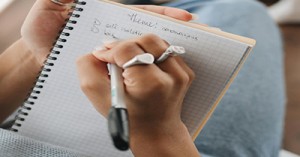
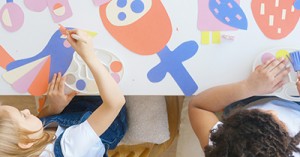
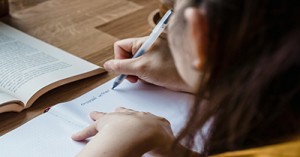
 Here is the list of the EYLF Learning Outcomes that you can use as a guide or reference for your documentation and planning. The EYLF
Here is the list of the EYLF Learning Outcomes that you can use as a guide or reference for your documentation and planning. The EYLF The EYLF is a guide which consists of Principles, Practices and 5 main Learning Outcomes along with each of their sub outcomes, based on identity,
The EYLF is a guide which consists of Principles, Practices and 5 main Learning Outcomes along with each of their sub outcomes, based on identity, This is a guide on How to Write a Learning Story. It provides information on What Is A Learning Story, Writing A Learning Story, Sample
This is a guide on How to Write a Learning Story. It provides information on What Is A Learning Story, Writing A Learning Story, Sample One of the most important types of documentation methods that educators needs to be familiar with are “observations”. Observations are crucial for all early childhood
One of the most important types of documentation methods that educators needs to be familiar with are “observations”. Observations are crucial for all early childhood To support children achieve learning outcomes from the EYLF Framework, the following list gives educators examples of how to promote children's learning in each individual
To support children achieve learning outcomes from the EYLF Framework, the following list gives educators examples of how to promote children's learning in each individual Reflective practice is learning from everyday situations and issues and concerns that arise which form part of our daily routine while working in an early
Reflective practice is learning from everyday situations and issues and concerns that arise which form part of our daily routine while working in an early Within Australia, Programming and Planning is reflected and supported by the Early Years Learning Framework. Educators within early childhood settings, use the EYLF to guide
Within Australia, Programming and Planning is reflected and supported by the Early Years Learning Framework. Educators within early childhood settings, use the EYLF to guide When observing children, it's important that we use a range of different observation methods from running records, learning stories to photographs and work samples. Using
When observing children, it's important that we use a range of different observation methods from running records, learning stories to photographs and work samples. Using This is a guide for educators on what to observe under each sub learning outcome from the EYLF Framework, when a child is engaged in
This is a guide for educators on what to observe under each sub learning outcome from the EYLF Framework, when a child is engaged in The Early Years Learning Framework describes the curriculum as “all the interactions, experiences, activities, routines and events, planned and unplanned, that occur in an environment
The Early Years Learning Framework describes the curriculum as “all the interactions, experiences, activities, routines and events, planned and unplanned, that occur in an environment